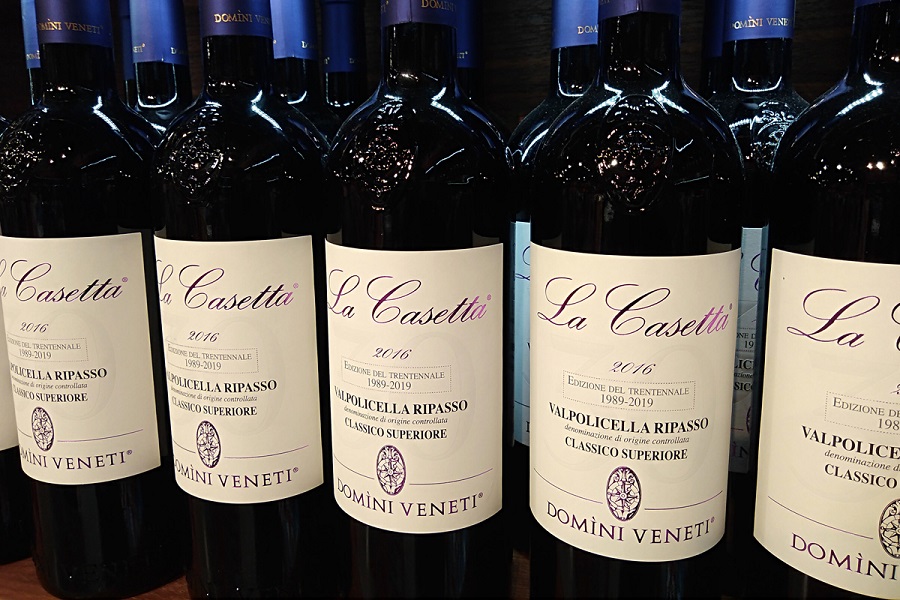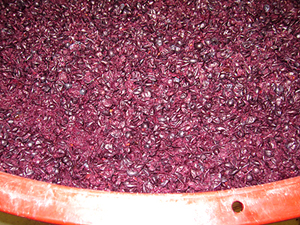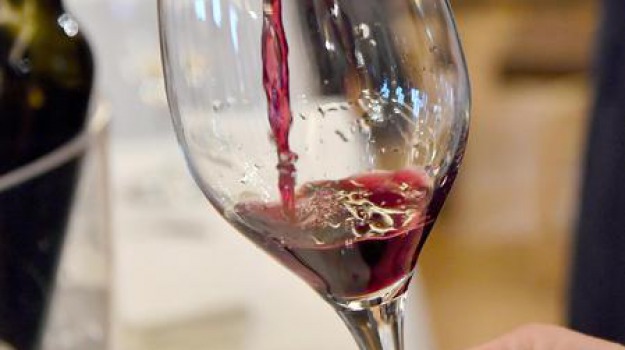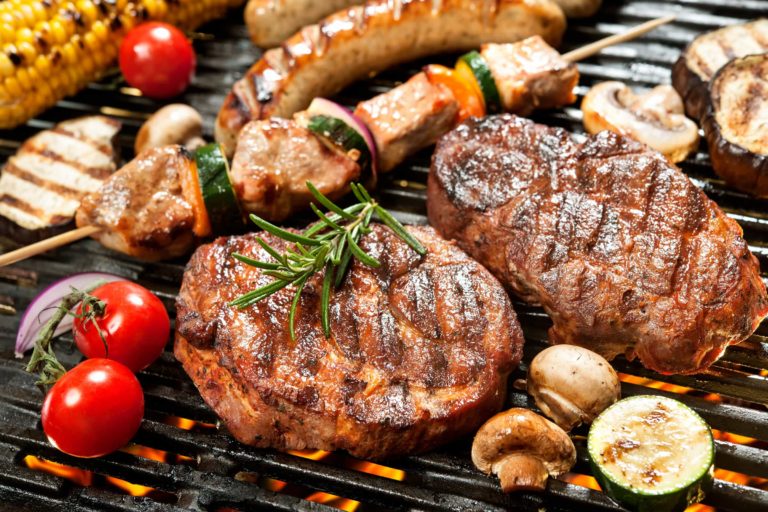
There is a wine in Valpolicella, which represents the perfect compromise between a very easy wine and a strong and full-bodied one. Probably you have already heard about Ripasso. Anyway, almost nobody knows its technique, the reason why it has this name, the best way to pair it and why it is NOT a baby Amarone (in spite of what people usually say). Let’s unveil all its secrets.
The wine, its name, its tecnique
Ripasso is one of the five wine (taking into consideration only the DOC and DOCG wines) that you can find in Valpolicella. It became quite popular at the end of the 20th century, obtaining the DOC only in 2009. This wine owes its name to the technique winemakers use to produce it. It litteraly means repeat, repassed and to produce it, we actually repeat the fermentation. Basically in September we do the first fermentation to obtain Valpolicella entry level wine and we keep it in the cellar until February of the following year.
In Februrary, after the 3 months of drying process, we do the fermentation of Amarone, we take out the Amarone and we leave its leftovers (skins and pomace) in the tank. At this point we mix Valpolicella entry level wine with the leftovers of the “Amarone grapes” and we referment the wine. At the end of this double fermentation the Ripasso undergoes one year aging in oak before enetring the market.

The skins of the grapes used to produce Amarone are mixed with Valpolicella to obtain Ripasso
Is Ripasso a “baby Amarone”?
Usually they say Ripasso is a “baby Amarone” or a cheap version of Amarone, but it is not like this. It is a wine with its own identity. Except for the grape varieties and the wine production region, Ripasso and Amarone are two completely different wines:
Ripasso is produced starting from fresh grapes which are refermented on dried ones, Amarone is produced 100% out of dried grapes;
The aging in oak lasts minimum 1 year for the former and minimum 2 for the latter;
Ripasso is a medium bodied wine, Amarone is a full bodied wine.
Last but not least, while Amarone is a pefect conversation wine, Ripasso is very versatile and easy to pair with food.

A glass of Ripasso, lighter in color and body if compared to Amarone
Food pairing
Ripasso preserves the freshness of Valpolicella and adds a bit of structure and flavours from the Amarone skins. The result is an extraordinary wine, which can be paired in a thousand ways. It has a good body, for this reason, pairing it with something super light such as fish, simple white meat or salad would be a mistake. On the contrary, it is very good with red meat, especially grilled or braised, since its good acidity balances perfectly its sweetish flavours. Thanks to its body is also a perfect match with game, such as boar meat roast or pheasant stew.
Talking about first courses, homemade pasta with ragù or a mashrooms risotto are two wonderful options to pair Ripasso with. And if you do not like meat, then try it with aged cheeses. Would you like to taste the uniqueness of this wine and come up with other interesting matching? Then join us on a Valpolicella wine tour: The Amarone country, Two amarone wineries, Three Amarone wineries. Ripasso is waiting for you!

Grilled meat and Ripasso are the most common match

